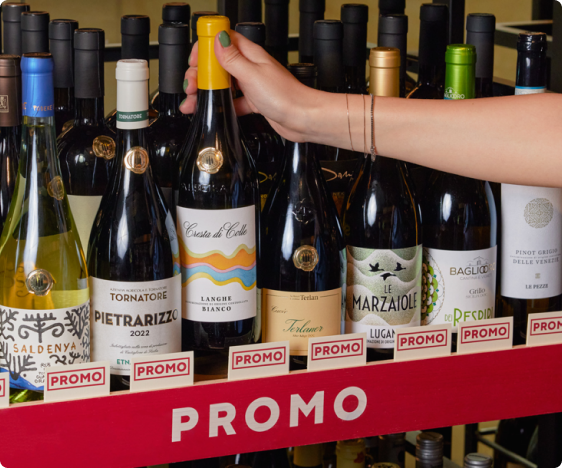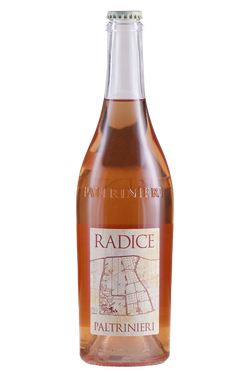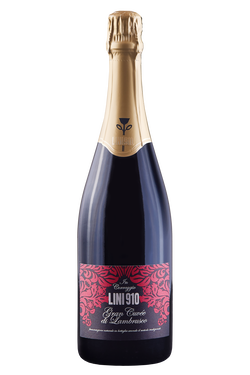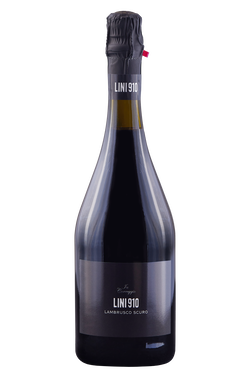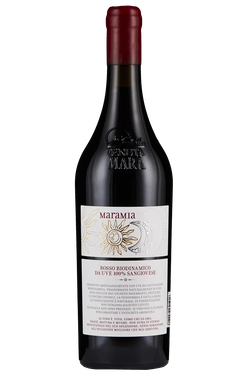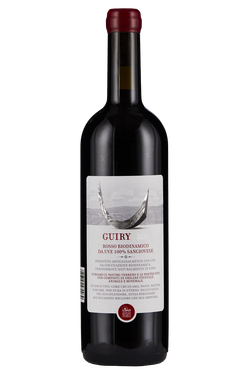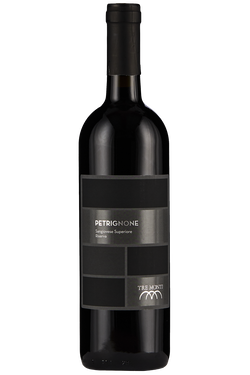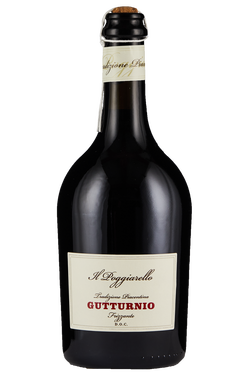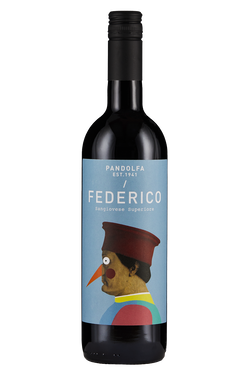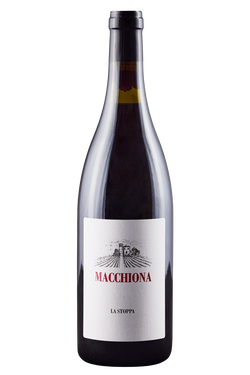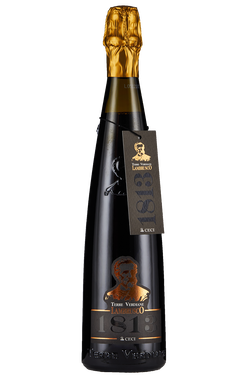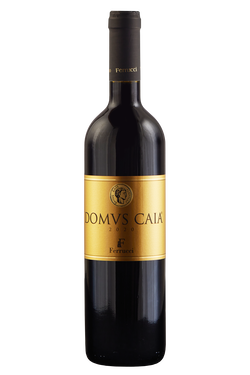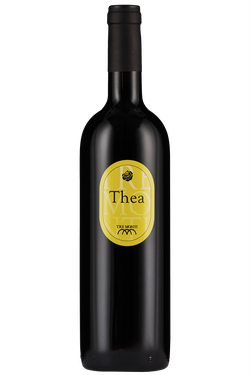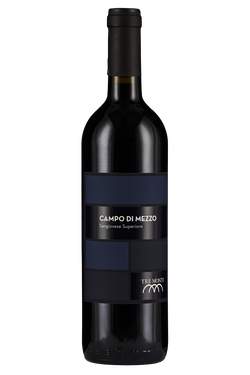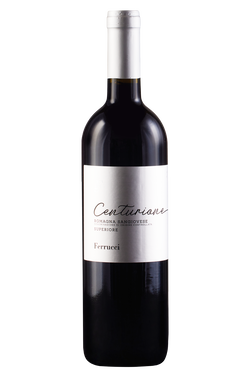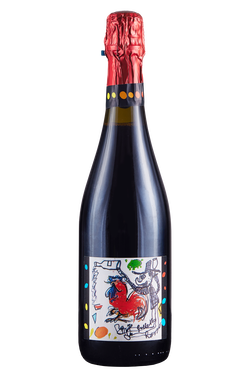The best red wines from Emilia-Romagna
There are so many wines that represent this region’s love of good wine. Its most famous reds are Lambrusco, Sangiovese, and Gutturnio. Lambrusco is one of the most famous red wines: a lively purplish mousse, aromas of violet and crunchy fruit, and vibrant and fresh on the palate. There is not just one Lambrusco but several types and as many DOC (Denominazione di Origine Controllata) zones, such as Lambrusco di Sorbara, Grasparossa, Salamino, Marani, Maestri, Ancellotta, and many more – proof that this wine with an instant impact on the palate is not as straightforward as you might think. Another of the region’s iconic wines, but in the Romagna territory, is Sangiovese Romagnolo, a different version of the Sangiovese Grosso used in Tuscany to produce Brunello.
Major red wine designations in Emilia-Romagna
Sanzves, as it is known in the region, has a rustic and straightforward character that has been refined (but not over-processed!) over the last few decades by the skilled hands of local wine producers. The Romagna Sangiovese designation uses at least 85% of this variety, plus a maximum of 15% of other black grapes. The most famous wines from the region are Gutturnio, a DOC based on Barbera (55%–70%) and Croatina (30%–45%), produced in both a still and semi-sparkling version, with very intense floral aromas, and a fresh-tasting and instant palate. In Emilia-Romagna, there are various other designations, such as the Colli Bolognesi DOC, where they use international grape varieties like Cabernet Sauvignon and Merlot.
Pairings with red wines from Emilia-Romagna
It is no secret that Emilia-Romagna boasts some of the best-loved traditional cuisine in Italy. The pairing of regional wines – both white and red – with traditional regional dishes is the best you could dream of for a family Sunday lunch. The classic smoking-hot lasagne alla bolognese, with its rich traditional Bolognese sauce pairs sublimely with a good Lambrusco that can prepare the palate for a second, third or fourth mouthful thanks to its lively perlage. This wine is also a perfect accompaniment for a snack of tigelle scones, fried dumplings and mixed cured meats – life will seem better after a meal like this! Like Lambrusco, the semi-sparkling version of Gutturnio pairs well with coppa (a cured meat), pancetta and salami, but also with cheeses and local first courses. The still version, on the other hand, is recommended for roasts, stews and classic pisarei e fasò (gnocchi and beans).
More intense flavours and aromas
Meat lovers will relish a triumphant bollito misto stew, where the classic zampone sausage from Modena becomes pure poetry, when cooked in keeping with tradition. A lively Lambrusco can also help the palate in this case, but those who love more firmly structured red wines will not want to miss a Sangiovese or Cabernet Sauvignon. With a Parmigiano Reggiano aged for 30 months, serve a big red from Romagna that has been aged in wood, like a Romagna Sangiovese Riserva, which is complex and full on both the nose and palate. Outside of the region, you can use your imagination and good taste to pair these wines and have fun mixing them with international dishes too. A succulent braised wild board pairs perfectly with Sangiovese Romagnolo Riserva, a close relative of the big Tuscan wine. If you love Tandoori chicken, you could try a Cabernet Sauvignon trained on the hills of Bologna, or another red that supports the dish’s complex aromas.


